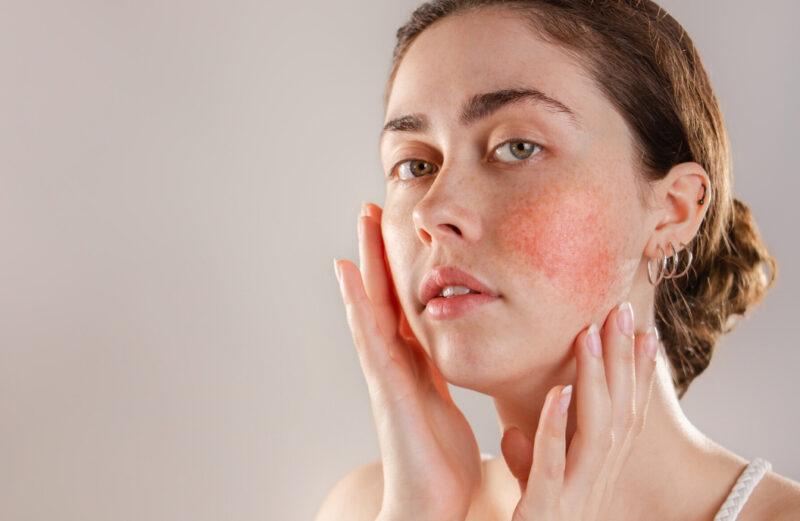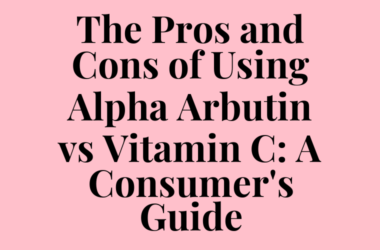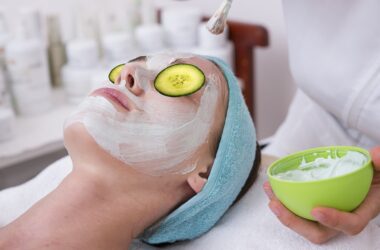Table of Contents
The Importance of Exfoliating
Exfoliating is a crucial step in any skincare routine, and yet, many of us neglect to do it regularly. Dead skin cells can build up on the surface of our skin, causing dullness, dryness, and even wrinkles. Exfoliating helps to remove these dead skin cells, revealing smoother, brighter, and more radiant skin. In this ultimate guide, we’ll explore the benefits of exfoliating, the different types of exfoliants, and how to incorporate exfoliation into your daily routine.
What is Exfoliating?
Exfoliating is the process of removing dead skin cells from the surface of the skin. It’s a simple yet effective way to improve the texture and appearance of your skin. Exfoliating can be done using physical or chemical exfoliants, or a combination of both. Physical exfoliants, such as scrubs and brushes, use physical agents to remove dead skin cells, while chemical exfoliants, such as alpha-hydroxy acids (AHAs) and beta-hydroxy acids (BHAs), use enzymes to break down the “glue” that holds dead skin cells together.
Benefits of Exfoliating
Exfoliating has numerous benefits for the skin, including:
- Improved skin texture and tone
- Reduced appearance of fine lines and wrinkles
- Enhanced skin clarity and brightness
- Reduced pores and blackheads
- Improved skin absorption of skincare products
Regular exfoliation can also help to improve skin conditions such as acne, hyperpigmentation, and keratosis pilaris.
Types of Exfoliants
There are several types of exfoliants available, each with its own unique benefits and drawbacks. Some of the most common types of exfoliants include:
- Physical Exfoliants:
- Scrubs: contain small particles such as sugar, salt, or coffee grounds that help to remove dead skin cells
- Brushes: use soft bristles to gently remove dead skin cells
- Microdermabrasion: uses fine crystals to remove dead skin cells
- Chemical Exfoliants:
- Alpha-Hydroxy Acids (AHAs): derived from fruits, milk, and other natural sources, AHAs help to break down dead skin cells
- Beta-Hydroxy Acids (BHAs): derived from willow bark, BHAs help to unclog pores and reduce inflammation
- Enzyme Exfoliants: contain enzymes that break down dead skin cells
How to Exfoliate
Exfoliating is a simple process that can be done at home or in a professional setting. Here are some tips to help you get started:
- Start slow: begin with a gentle exfoliant and gradually increase frequency and intensity as your skin becomes more tolerant
- Use the right exfoliant: choose an exfoliant that is suitable for your skin type and concerns
- Exfoliate in the right direction: always exfoliate in the direction of hair growth to avoid irritation and ingrown hairs
- Don’t over-exfoliate: avoid exfoliating too frequently, as this can cause irritation and dryness
Exfoliating Tips and Tricks
Here are some additional tips and tricks to help you get the most out of your exfoliating routine:
- Exfoliate in the shower: exfoliating in the shower can help to loosen and remove dead skin cells more effectively
- Use a gentle cleanser: use a gentle cleanser before exfoliating to remove dirt and impurities
- Moisturize after exfoliating: apply a moisturizer after exfoliating to help soothe and hydrate the skin
- Exfoliate regularly: aim to exfoliate 1-3 times per week, depending on your skin type and concerns
Conclusion
Exfoliating is a simple yet effective way to improve the texture and appearance of your skin. By understanding the benefits of exfoliating, the different types of exfoliants, and how to incorporate exfoliation into your daily routine, you can achieve smoother, brighter, and more radiant skin. Remember to start slow, use the right exfoliant, and exfoliate regularly to get the most out of your exfoliating routine.
Recommended Products
-
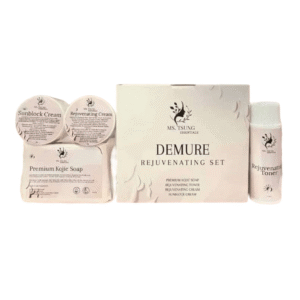 Ms.Tsung Demure Rejuvenating SetKD6.000
Ms.Tsung Demure Rejuvenating SetKD6.000 -
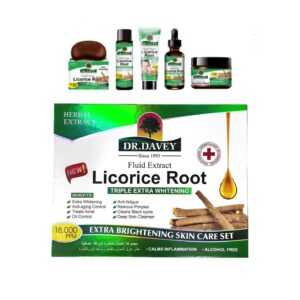 Dr Davey Licorice Root Extra Brightening Skin Care SetKD11.000
Dr Davey Licorice Root Extra Brightening Skin Care SetKD11.000 -
Product on sale
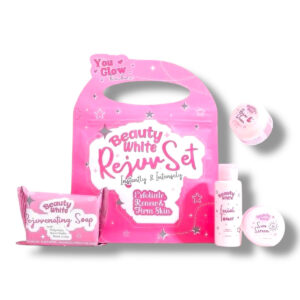 You Glow Babe Beauty White REJUV SETOriginal price was: KD8.000.KD6.000Current price is: KD6.000.
You Glow Babe Beauty White REJUV SETOriginal price was: KD8.000.KD6.000Current price is: KD6.000. -
Product on sale
 Hami-San Best Trio SetOriginal price was: KD8.000.KD7.000Current price is: KD7.000.
Hami-San Best Trio SetOriginal price was: KD8.000.KD7.000Current price is: KD7.000. -
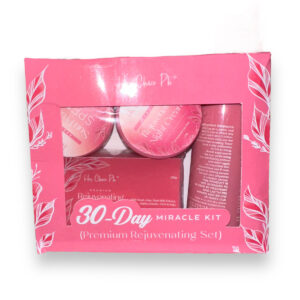 HER CHOICE PH – 30 Day Miracle Kit – Premium Rejuvenating SetKD7.000
HER CHOICE PH – 30 Day Miracle Kit – Premium Rejuvenating SetKD7.000 -
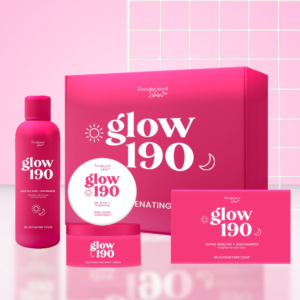 Glow 190 Rejuvenating Set by Transformed SkinKD8.000
Glow 190 Rejuvenating Set by Transformed SkinKD8.000 -
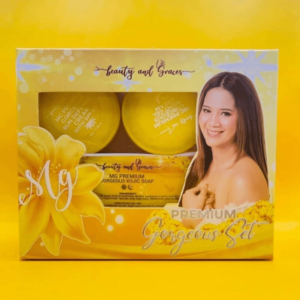 MG Premium Gorgeous SetKD6.000
MG Premium Gorgeous SetKD6.000 -
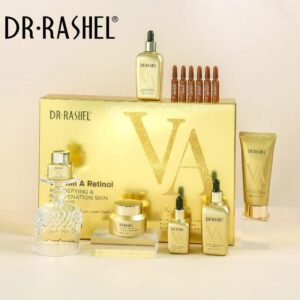 Dr Rashel Vitamin A Retinol Age-Defying & Rejuvenation Skin Care Set – 12 pcs BoxKD9.000
Dr Rashel Vitamin A Retinol Age-Defying & Rejuvenation Skin Care Set – 12 pcs BoxKD9.000 -
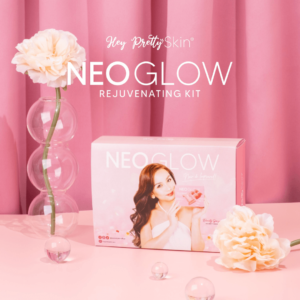 Hey Pretty Skin Neo Glow Rejuvenating Set (Glass Skin)KD8.000
Hey Pretty Skin Neo Glow Rejuvenating Set (Glass Skin)KD8.000

